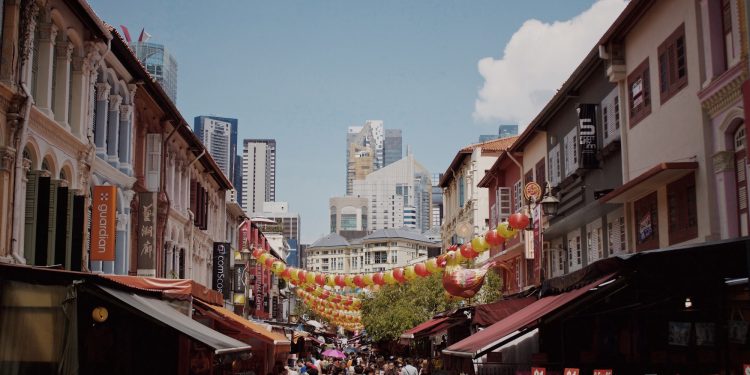Fill Me In
According to the International Labour Organisation (ILO), a staggering 81 million jobs have been wiped out across the Asia Pacific due to the COVID-19 pandemic. The economic backlash that has ensued from a massive drop in working hours and a devastated economy has led to underemployment or unemployment across nearly all economies, with women and young people disproportionately affected.
The report also estimates that an additional 22 million to 25.4 million of the working poor could be pushed into extreme poverty – defined as living on an expenditure of less than $1.90 per person per day.
Tell me more
Says Ms Chihoko Asada Miyakawa, ILO Assistant Director General and Regional Director for Asia and the Pacific, “COVID-19 has inflicted a hammer-blow on the region’s labour markets. Low levels of social security coverage and limited institutional capacity in many countries have made it difficult to help enterprises and workers back on their feet, a situation compounded when large numbers remain in the informal economy”.
According to the report, employment in Asia-Pacific has decreased by 4.2 per cent compared with the pre-crisis trend, with a gap of 4.6 per cent for women and 4 per cent for men. The job gap from the pre-crisis trend is even stronger for young people (aged 15-24) – almost double at an expected 8 per cent. This means that the youth share in overall employment loss is three to 18 times higher than their share in total employment. In part, the loss in jobs could be due to job creation taking a nosedive as the economy contracted this year.
The regional jobs gap is largely driven by South Asia, where the 2020 employment estimate is nearly 50 million jobs below the pre-crisis baseline. East Asia is estimated to see a gap of 16 million jobs, closely followed by Southeast Asia and the Pacific Islands with estimated 2020 jobs gaps of 14 million and nearly 0.5 million respectively.
Estimated loss in labour income
Overall, labour income is estimated to have declined by as much as 9.9 per cent in the Asia Pacific region in the first three quarters of this year. That’s equivalent to a 3.4 per cent loss in gross domestic product (GDP), and is due to a significant reduction in paid hours of work – with many workers being placed on reduced hours or on furlough.
According to the report and World Bank estimates of increased poverty, the loss of working hours and income is expected to increase the working poverty rate by 1 percentage point to an estimated 5 per cent, bringing the working poor total in 2020 to an estimated 94-98 million.
National policies critical for recovery
Said World Bank chief economist for East Asia and the Pacific Aaditya Mattoo, in an interview with The Straits Times, “While the devastation caused by COVID-19 is common knowledge, less recognised is that what happens to the economy today and growth tomorrow will depend less on the virus, than on how governments act”.
Across economies, governments have introduced various fiscal packages in efforts to counter a slowdown in economic activity and stem losses in jobs and income. But while national policy responses have largely been driven by the country’s fiscal capacity, certain strategies in particular were found to be key elements to an inclusive recovery.
Introducing social protection measures
One such strategy was that of “supporting workers and enterprises through income and revenue assistance” – in other words, social protection measures. If well designed and implemented, it was found to not only sustain household consumption, but also successfully boost economic activity and domestic demand, which was critical for supporting jobs and enterprises.
A strong majority (87 per cent) of countries in the Asia–Pacific region were found to have included social protection as part of their COVID-19 policy response, with the largest share going to targeted allowances and grants, followed by health and income and jobs protection.
Workforce-retention and increasing investment in people’s capabilities
Another strategy was to target support for key sectors with positive impacts on the most vulnerable – including the most-affected sectors and enterprises, as well as women and youth.
In Singapore, for example, the government introduced the SingapoRediscovers Vouchers in a bid to support the local tourism industry, and has also invested millions in fiscal packages to boost employment for in-demand sectors, such as in healthcare.
Investing in workforce-retention and supporting individuals through the transition to new working opportunities is important, as it encourages effective labour market programmes, and prepares individuals and enterprises to remain agile in the face of economic shocks.
Join the conversations on THG’s Facebook and Instagram, and get the latest updates via Telegram.














